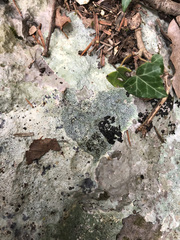Coriolopsis

Coriolopsis: Coriolopsis is a genus of fungi belonging to the family Polyporaceae. These fungi are known for their wood-decaying capabilities and are commonly found in forested areas.
Identification: The fruiting bodies of Coriolopsis species often appear as bracket fungi, with a typical shelf-like structure. They can vary in color but are most often seen in shades of brown, gray, or white. The surface of the fruiting body is typically smooth to the touch.
Habitat: In the Comunidad Valenciana, Coriolopsis fungi can be found growing on dead and decaying wood, especially on hardwoods. They play a crucial ecological role in breaking down lignin and cellulose, contributing to the recycling of nutrients within the forest ecosystem.
Ecological Importance:
- Decomposers: Coriolopsis fungi are primary decomposers in many forested habitats, aiding in the breakdown and recycling of organic material.
- Soil Enrichment: By decomposing wood, they enrich the soil with nutrients that support other forms of plant and microbial life.
Notes: Exhibiting a preference for moist environments, these fungi are most prolific during the damp months of the year. While they are not typically used for culinary purposes, they hold significance in ecological studies and conservation efforts for their role in forest health.






